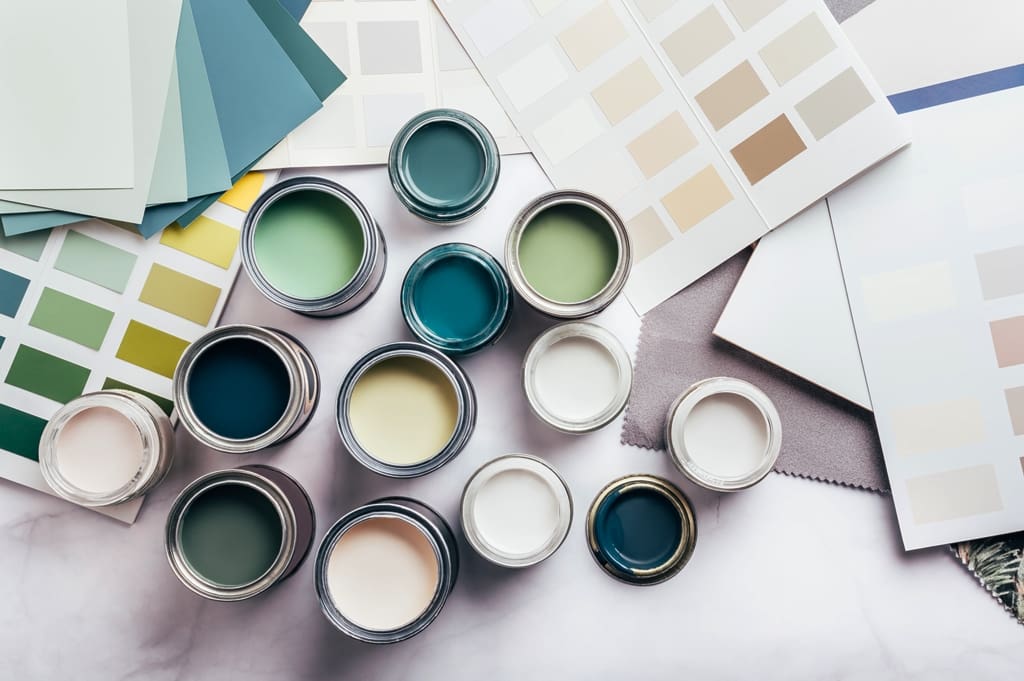In a world filled with vibrant hues and shades, the impact of color on our emotions and well-being is profound. The study of color psychology delves into the way different colors can influence our mood, behavior, and overall mental state. Understanding this connection empowers us to make intentional choices when it comes to the colors that surround us.
The Influence of Colors on Mood:

Colors have the remarkable ability to evoke specific emotions. For example, warm colors like red and orange are often associated with energy, passion, and warmth. On the other hand, cool colors such as blue and green can bring about feelings of calmness, tranquility, and serenity. Exploring the psychological effects of each color can help us curate environments that positively impact our emotional well-being.
Choosing Colors for Different Spaces:

Whether it’s your home, office, or personal space, selecting the right colors can make a significant difference. Consider the purpose of each space and choose colors that align with your goals. For a productive workspace, opt for energizing colors like yellow or green. In relaxation areas, soothing colors like lavender or soft blue can promote a sense of calm.
Practical Tips for Applying Color Psychology:

- Consider the purpose of the space or design.
- Experiment with color combinations to achieve the desired mood.
- Be mindful of cultural and personal associations with colors.
- Use accent colors strategically to add depth and interest.
- Stay updated on color trends and their psychological impact.
The power of color psychology extends beyond aesthetics—it directly influences our mood, emotions, and overall well-being. By harnessing this knowledge, we can make intentional choices in our surroundings, design, and branding to create positive and impactful experiences.
#ColorPsychology #MoodImpact #WellBeing #DesignTips #ColorChoices
